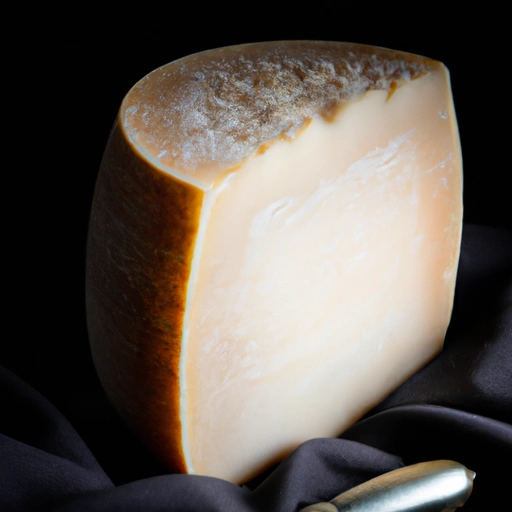Pecorino
Description

Pecorino is a term used to denote Italian cheeses made from 100% sheep's milk. Among the various types of Pecorino cheese, the most famous ones include Pecorino Romano, Pecorino Sardo, Pecorino Toscano, and Pecorino Siciliano. Pecorino cheese is celebrated for its robust flavor profile that ranges from nutty and mild to sharp and tangy as it ages. The cheese's texture also varies from creamy and soft to crumbly and dense with age.
Common uses
Pecorino is commonly used as a grating cheese over pasta, soups, and salads. It also serves as a table cheese and can be included in antipasto platters, offering a bold flavor that stands out among other cheeses and cured meats.
Nutritional value
Calories
A 1-ounce (28-gram) serving of Pecorino Romano contains approximately 110 calories.
Protein
This serving size also provides about 8 grams of protein, making it a good source of this macronutrient.
Fat
The same serving size contains around 9 grams of fat, which includes a mix of saturated and unsaturated fats.
Carbohydrates
Pecorino is low in carbohydrates, with less than 1 gram per serving.
Vitamins
The cheese is a source of vitamins such as B12, which is important for red blood cell formation and neurological function.
Minerals
Pecorino is rich in minerals like calcium and phosphorus, crucial for bone health, with a 1-ounce serving providing about 20% of the daily value for calcium.
Health benefits
As a good source of protein and calcium, Pecorino can contribute to muscle maintenance and bone health. The presence of Vitamin B12 supports metabolic processes and brain function.
Potential risks
Due to its high sodium content, those with hypertension or a risk of heart disease should consume Pecorino in moderation. The cheese also contains lactose, which may not be suitable for individuals with lactose intolerance.
Common recipes
Pecorino is featured in classic Italian dishes like Cacio e Pepe, Bucatini all'Amatriciana, and is often grated over pasta dishes, risottos, and pizzas.
Cooking methods
While Pecorino can be enjoyed fresh, it is most commonly used grated or shaved, especially when well-aged. It can be melted into sauces, baked into casseroles, or used to add a savory crust to baked dishes.
Pairing with other ingredients
Pecorino pairs well with full-bodied red wines, pears, figs, honey, and robust Italian bread like ciabatta. It complements both sweet and tart flavors, making it versatile in pairing with various foods.
Summary
Pecorino cheese is a versatile and flavorful cheese that has been part of Italian culinary tradition for centuries. With its rich history and variety of uses, Pecorino adds depth and character to a wide range of dishes. Whether grated over pasta, included on a cheese board, or used in cooking, Pecorino is a beloved ingredient that enhances the flavor profile of many recipes.